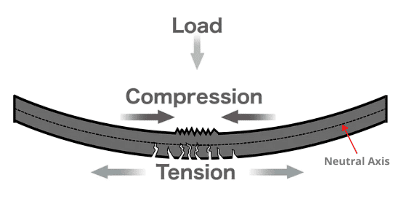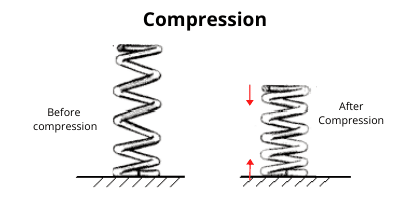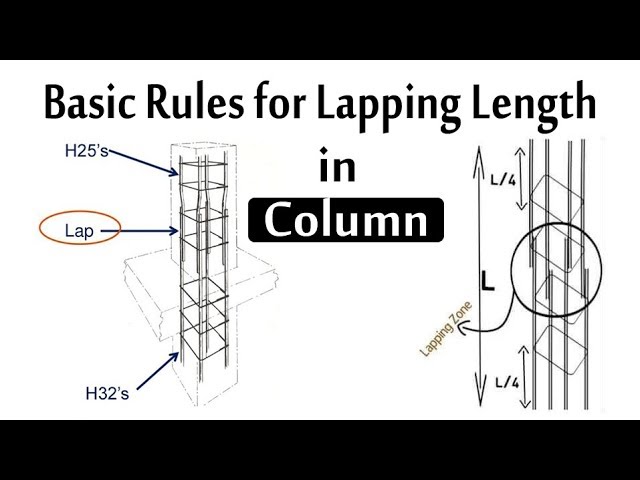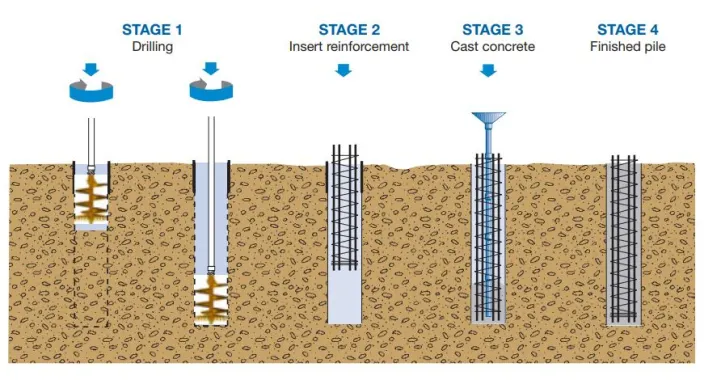Do you know the difference between tension and compression? If no is your answer, this article is for you. Being a civil engineer, it is very important to know the difference between tension and compression. Don’t worry, we have written this guide for you! You need to keep on reading!
Forces are a kind of pull or push acting on the object resulting from the interaction of two objects. The force will be implemented whenever there is an interaction between the object or two force act upon each other. Once, the interaction ends no force will be applied to the two objects. In simple terms, the forces will be implemented only when there is an interaction between two objects.
Two types of forces are applied in our daily lives: tension and compression. So, let’s read in detail about these forces and how it works to pull or push objects. This is a detailed guide that will help you learn the difference between tension and compression and where to use what in your construction project.
Also Read: Difference between One Way Slab and Two Way Slab
What Exactly is Tension?

The Latin root of the word tension is “to strain.” It tests a fraction of the force, similar to a pull force. Any physical object in connection with another may apply forces to that other. Different names depending on these kinds of things in the contacts are forced by this correlation. We refer to it as energy tension if one of the elements that transmit energy is a rope, string, chain, or cable.
What Exactly is Compression?

The force is produced when the compressive load compresses an object or material. Compression forces are created when ripping forces are lined up with one another. Everything from the compression brake pedal to hand tools is powered by the compression force. A crucial engineering factor is the compression assessment of materials and structures.
The compression force can be observed by resting an item on a spring. The item is expelled into the air whenever the spring is compressed and then liberated. This results from the spring being compressed and producing a compression force.
Do you know there are many types of columns used in the construction business? Well, you should check out our link to know all about the types of columns.
What is the Tension Force Equal To?
This system moves at a constant speed and is in equilibrium since the weight force, or mg is equal to the tension inside the cable pushing the object upwards. Wherein M is the item’s mass, and g is the acceleration brought on by gravity as it pulls it downward.
What is the Compression Force Equal To?
The acceleration of 1 m per second square (m/s2) for a weight of 1 kilogram is specified as the compression force, which is often expressed in Newton (N), also abbreviated as “a.”
The Formula of Compression and Tension
These are the formulas for calculating compression and tension.
The Formula of Tension: T = Mg
M = Mass/ Weight kg
g = gravitational force.
The Formula of Compression: N = Ma
M = Mass/ Weight kg
A = Area.
Key Differences between Compression and Tension
Last but not least, here’s the table that will help you understand the difference between tension and compression more precisely. Have a look!
Also Read: Types of Walls
|
Key Differences |
Tension |
Compression |
|
Definition |
Tension is a form of force that helps to pull out material. It is a form of force that tries to extend a body or other object. This is known as tension. |
Compression is also a form of force that squeezes the material altogether. It tries to minimize the body/object is known as compression. |
|
Effect of Force |
The force is pulling outward the objects |
The force act upon the body toward it |
|
Related to Object |
It is related to the pulling of the object at the end of the rod |
This force is related to pushing the object in the end toward the middle |
|
Method |
The promulgation method is applied |
It can be applied to the transference of the entire force in a hydraulic system through pressure. |
|
Applied Force Position |
The position will be in an outward direction, away from the object |
The position of applied force will be in an inward direction towards the object |
|
Applicable |
The force is applied to the solid strings |
It applies to all kinds of material |
|
Relation |
It is considered the force |
It is considered a phenomenon |
|
Example |
Cables of the cranes, ropes threads and nails, etc. |
Concrete pillars |
FAQs
-
How do you know when is tension or compression in construction?
This is pretty easy to know. You need to follow if the force is applied to the node: Tension force will be when the force is acting in a direction away from the node and when the direction is towards the node, it is a compression force.
-
Do you think that compression and tension can exist together?
Practically, the answer is yes! The reason is that some materials can easily withstand compression while on the other hand, some can withstand tension. However, Brittle is one material that can be used when both forces are applied. Keep in mind that Brittle material is much stronger in compression than in tension.
-
What type of compression and tension forces?
Compression and tension both are the contact force. It is a force that occurs when two objects come in contact with each other., Some examples of contact forces are compression, tension, air resistance, normal force, applied force, etc.
-
What is the type of material best in tension?
Graphene is one of the toughest materials that can withstand tension forces. The tensile strength of Graphene is 130,000 which is even higher than the of steel.
Do you Understand the Difference Between Tension and Compression?
So, this is all about the difference between tension and compression. The material is attempted to extend by tension force. Compression, on the other hand, aims to shrink the body. All forces drift away from the thing when it is in tension—the pressures on the substance push towards the direction of the body during compression.
We hope this guide will help you to understand the difference between tension and compression. If you think that we have missed something that will make the subject clearer, please let us know in the comments section below.




